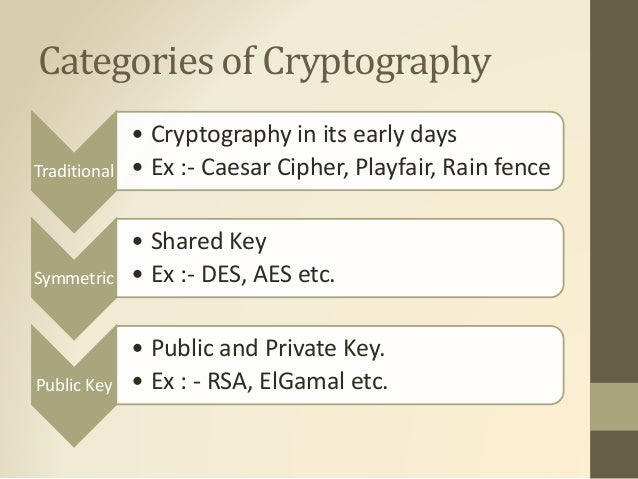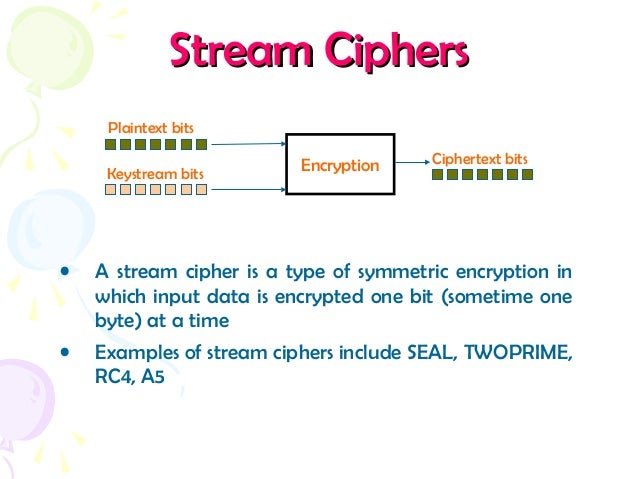Rc4 Stream Cipher And Its Variants Pdf Converter
RC4Designers:Publish Date:Leaked in 1994 (designed in 1987)Key Size:40– bitsState Size:bits (effective)Rounds:1Speed:7 cycles per byte on Modified Alleged RC4 on Intel Core 2: 13.9 cycles per byteIn, RC4 (Rivest Cipher 4 also known as ARC4 or ARCFOUR meaning Alleged RC4, see below) is a. While it is remarkable for its simplicity and speed in software, multiple vulnerabilities have been discovered in RC4, rendering it insecure. It is especially vulnerable when the beginning of the output is not discarded, or when nonrandom or related keys are used. Particularly problematic uses of RC4 have led to very insecure s such as., there is speculation that some state cryptologic agencies may possess the capability to break RC4 when used in the.
Has published RFC 7465 to prohibit the use of RC4 in TLS; and have issued similar recommendations.A number of attempts have been made to strengthen RC4, notably Spritz, RC4A, and RC4 +. HistoryRC4 was designed by of in 1987. While it is officially termed 'Rivest Cipher 4', the RC acronym is alternatively understood to stand for 'Ron's Code' (see also, and ).RC4 was initially a, but in September 1994 a description of it was anonymously posted to the s mailing list. It was soon posted on the, where it was broken within days by Bob Jenkins. From there it spread to many sites on the Internet. The leaked code was confirmed to be genuine as its output was found to match that of proprietary software using licensed RC4. Because the algorithm is known, it is no longer a trade secret.
The name RC4 is trademarked, so RC4 is often referred to as ARCFOUR or ARC4 (meaning alleged RC4) to avoid trademark problems. Has never officially released the algorithm; Rivest has, however, linked to the article on RC4 in his own course notes in 2008 and confirmed the history of RC4 and its code in a 2014 paper by him.RC4 became part of some commonly used encryption protocols and standards, such as in 1997 and in 2003/2004 for wireless cards; and in 1995 and its successor in 1999, until it was prohibited for all versions of TLS by RFC 7465 in 2015, due to the RC4 attacks weakening or breaking RC4 used in SSL/TLS.
The main factors in RC4's success over such a wide range of applications have been its speed and simplicity: efficient implementations in both software and hardware were very easy to develop. DescriptionRC4 generates a (a ). As with any stream cipher, these can be used for encryption by combining it with the plaintext using bit-wise; decryption is performed the same way (since exclusive-or with given data is an ). This is similar to the except that generated pseudorandom bits, rather than a prepared stream, are used.To generate the keystream, the cipher makes use of a secret internal state which consists of two parts:. A of all 256 possible (denoted 'S' below). Two 8-bit index-pointers (denoted 'i' and 'j').The permutation is initialized with a variable length, typically between 40 and 2048 bits, using the algorithm (KSA). Once this has been completed, the stream of bits is generated using the pseudo-random generation algorithm (PRGA).
Key-scheduling algorithm (KSA)The algorithm is used to initialize the permutation in the array 'S'. 'keylength' is defined as the number of bytes in the key and can be in the range 1 ≤ keylength ≤ 256, typically between 5 and 16, corresponding to a of 40 – 128 bits. First, the array 'S' is initialized to the identity permutation. S is then processed for 256 iterations in a similar way to the main PRGA, but also mixes in bytes of the key at the same time.for i from 0 to 255 Si:= i endfor j:= 0 for i from 0 to 255 j:= (j + Si + keyi modulo operation mod keylength) mod 256 swap values of Si and Sj endfor Pseudo-random generation algorithm (PRGA)For as many iterations as are needed, the PRGA modifies the state and outputs a byte of the keystream.


Rc4 Stream Cipher And Its Variants Pdf Converter Online

. 758 Downloads.AbstractIn this article we present some weaknesses in the RC4 cipher and their cryptographic applications. Especially we improve the attack described by Fluhrer, Mantin, Shamir (In: Selected Areas in Cryptography, 2001) in such a way, that it will work, if the weak keys described in that paper are avoided. A further attack will work even if the first 256 Byte of the output remain unused. Finally we show that variants of the RC4 algorithm like NGG and RC4A are also vulnerable by these techniques.